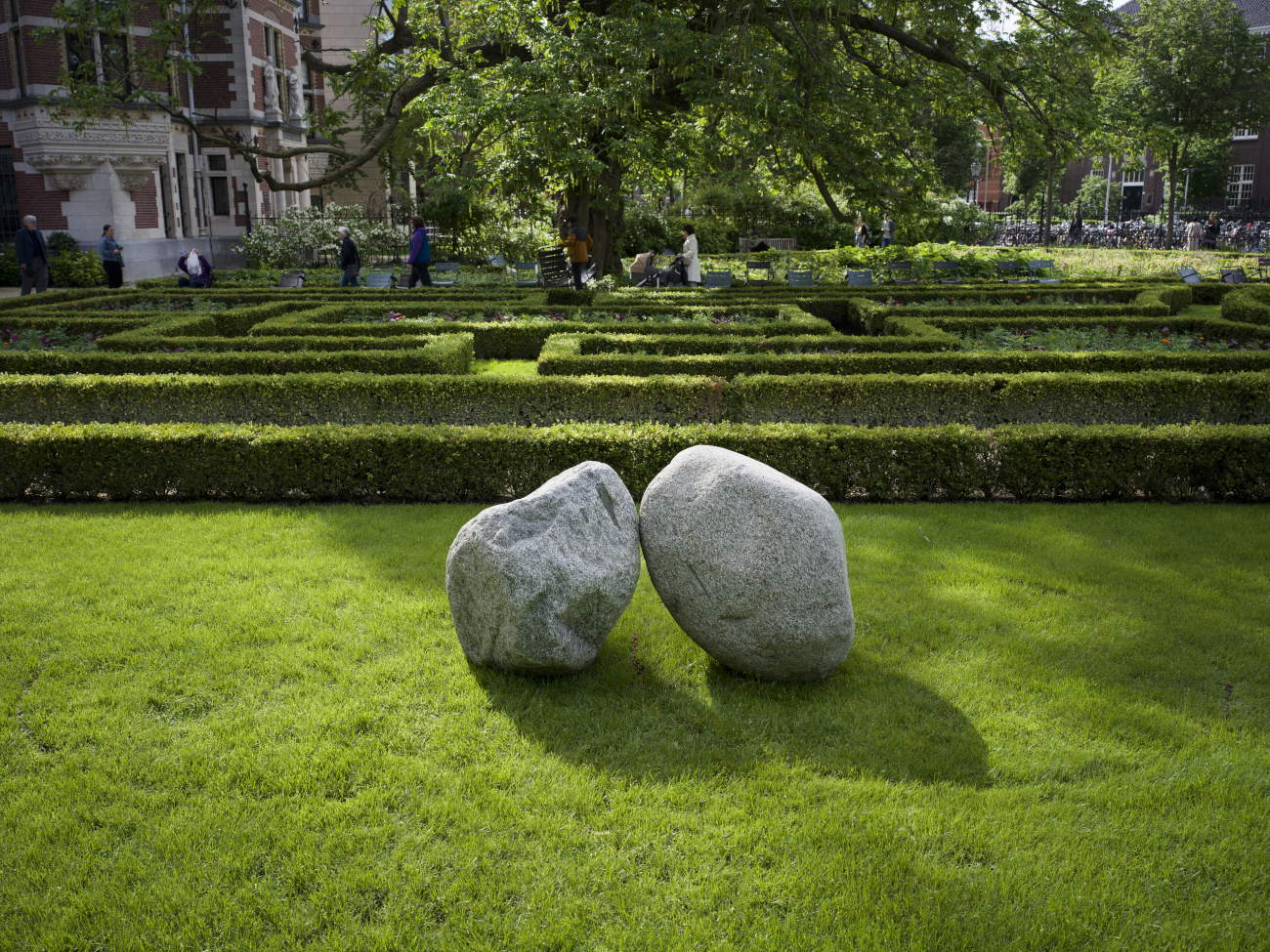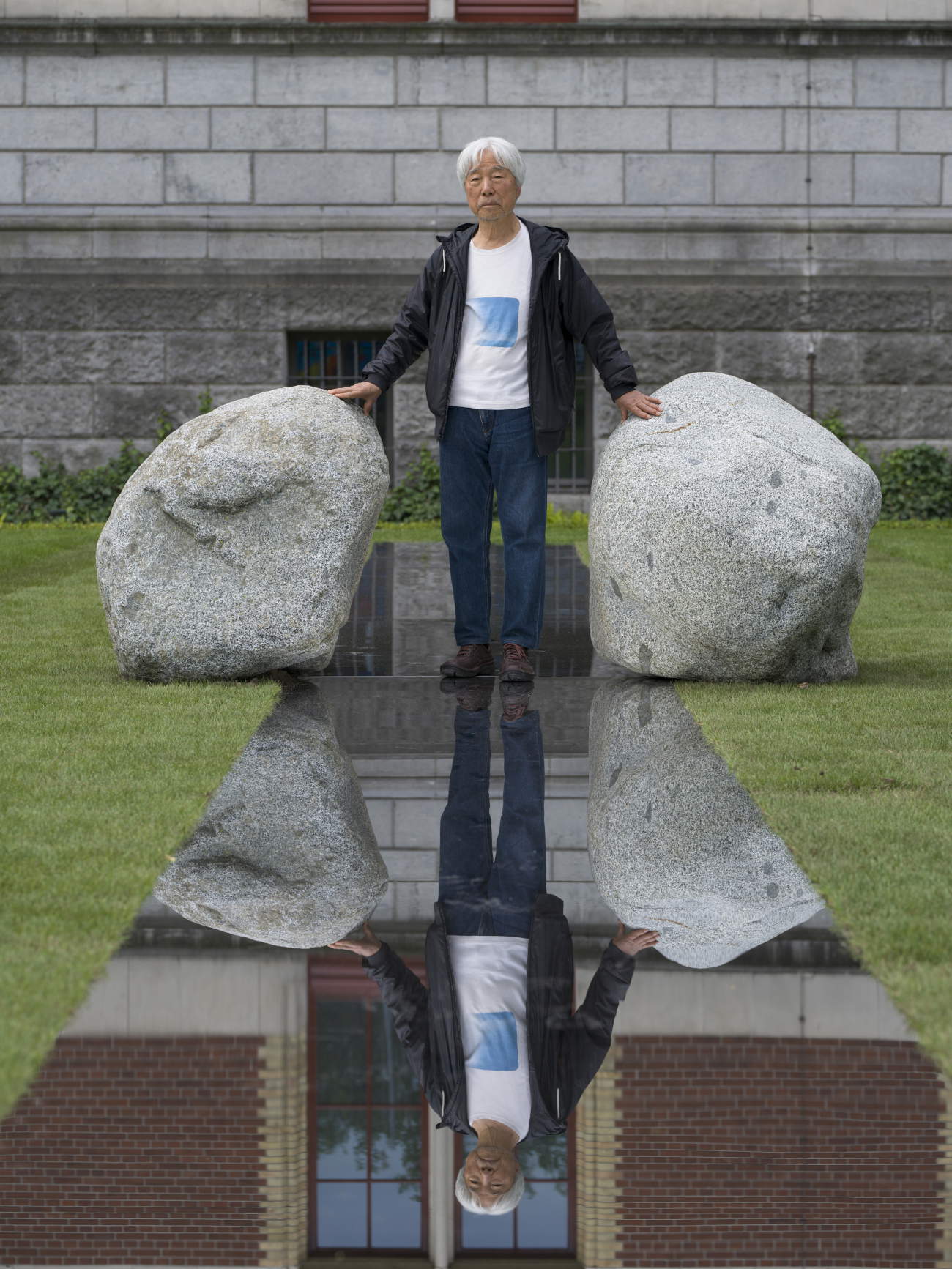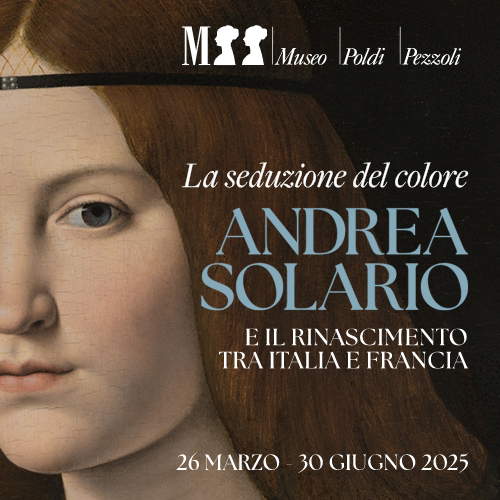In the gardens of the Rijksmuseum, Korean Lee Ufan's sculptures invite meditation
Through October 27, 2024, the gardens of the Rijksmuseum in Amsterdam are hosting the first solo exhibition in the Netherlands of Korean artist Lee Ufan. The curators are independent curator and former director of the Centre Pompidou in Paris, Alfred Pacquement, and the Rijksmuseum’s curator of 20th-century art, Mels Evers.
The exhibition includes nine works from the Relatum series, on which Lee has been working continuously since the 1970s. The sculptures, made of stone and metal, visually dialogue with the surrounding nature and architecture of the museum. Seven sculptures are placed in the gardens surrounding the Rijksmuseum, while two works are located in special spaces within the building. These minimalist creations represent Lee Ufan’s explorations in art that he refers to as “the art of encounter.” The works invite visitors to reflect, providing an opportunity for tranquility and contemplation in the museum environment and offering themselves as an oasis of calm in a rapidly changing world.
This is the 11th exhibition in the Rijksmuseum’s public gardens. Previous editions have featured works by Henry Moore (2013), Alexander Calder (2014), Joan Miró (2015), Giuseppe Penone (2016), Jean Dubuffet (2017), Eduardo Chillida (2018), Louise Bourgeois (2019), Ellsworth Kelly (2021), Barbara Hepworth (2022), and Richard Long (2023).
For this exhibition, Korean artist Lee Ufan (Kyongnam, 1936) has specially made adapted versions of some of his most iconic works, creating a dialogue between recent creations and earlier works.
Lee Ufan is one of the founders of the Japanese avant-garde art movement Mono-ha (School of Things), whose exponents use raw materials and elements such as stone, iron and water to explore the relationship between objects and space. He was also a central figure in the South Korean Dansaekhwa art movement, which saw artists experiment with abstraction and materiality primarily through monochromatic painting. The hallmarks of these two movements and Lee Ufan’s work include minimalism, abstraction, and a focus on materiality, with an emphasis on dialogue between the viewer, the surroundings, and the sometimes contrasting materials. In addition to being a sculptor, he is also a painter, poet and philosopher. His works are held in the collections of renowned museums around the world, including the Benesse Art Site Naoshima in Japan; MoMA and the Guggenheim Museum in New York; the Centre Pompidou in Paris; the Tate in London; and the Kröller-Müller Museum in the Netherlands.
The exhibition can be visited with free access to the gardens. The event is made possible by contributions from the Don Quixote Foundation/Rijksmuseum Fund, Pon and the Rijksmuseum Club.
Photo: Rijksmuseum/Albertine Diijkema





 |
| In the gardens of the Rijksmuseum, Korean Lee Ufan's sculptures invite meditation |
Warning: the translation into English of the original Italian article was created using automatic tools. We undertake to review all articles, but we do not guarantee the total absence of inaccuracies in the translation due to the program. You can find the original by clicking on the ITA button. If you find any mistake,please contact us.



























